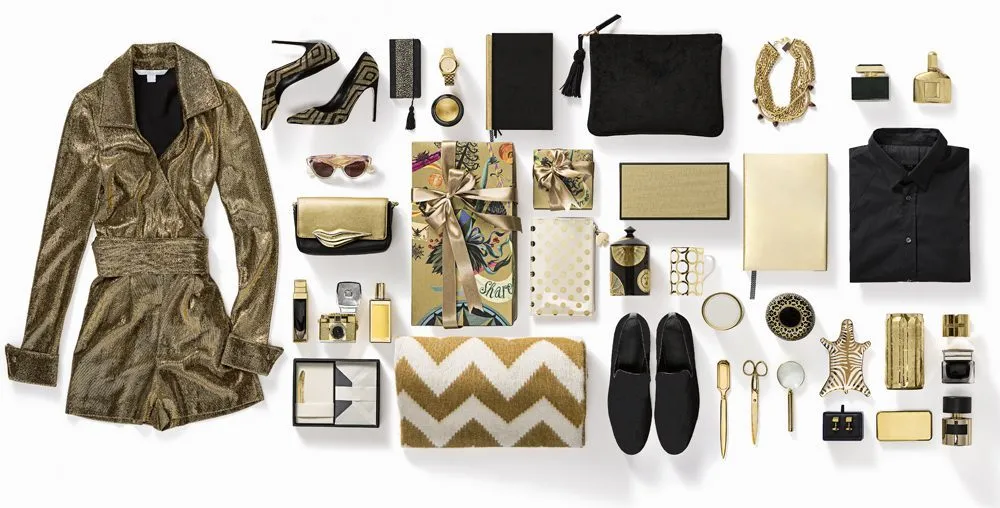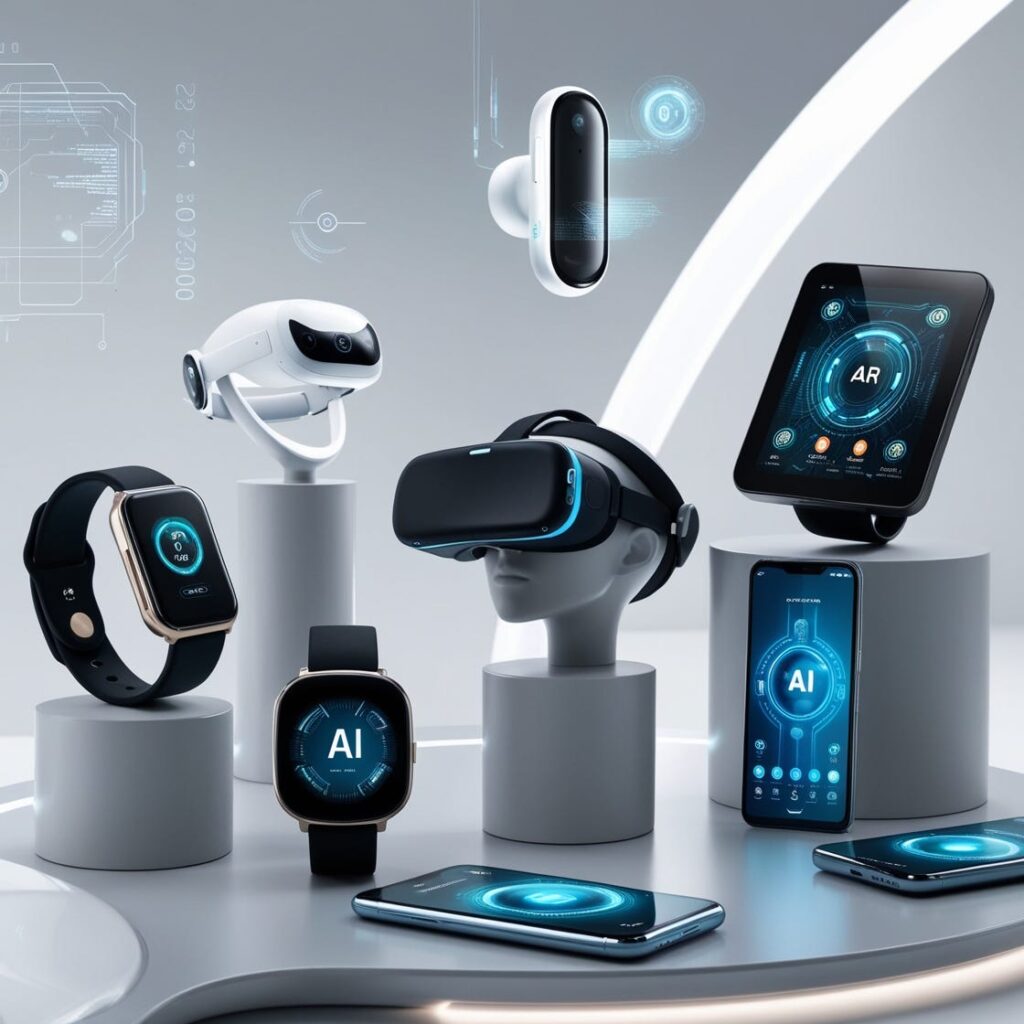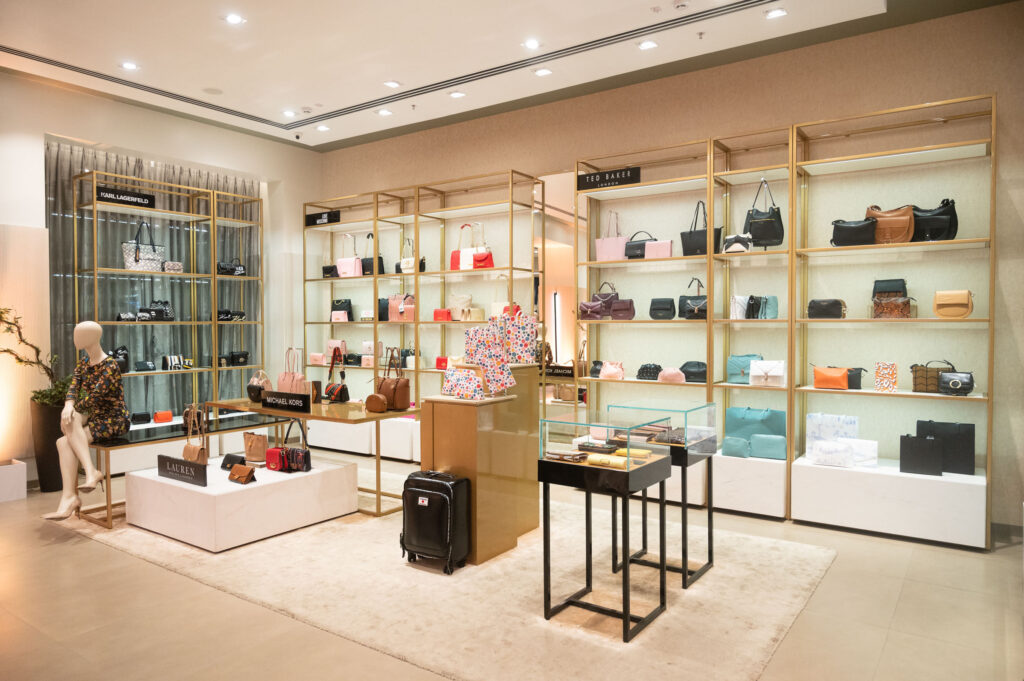Shopping today isn’t just about buying—it’s about making smart choices. With endless options ranging from high-end luxury to affordable alternatives, the big question is: when should you splurge, and when should you save? Let’s break it down.
Fashion & Accessories
Fashion is a dynamic industry at the core of fast moving consumer goods. While the term fashion is conventionally associated with the design and style of clothing, accessories, and footwear, the fashion industry extends further and includes the production, supply, distribution, and sales of such items, supported by a global network of manufacturers and workforce both in the manufacturing and retail side of the industry. However, it is useful and necessary to make a distinction between the luxury end of the industry and mass-produced, readily available products. Today, the fashion retail landscape is driven by brands and companies in the latter category.

The popularity and power of the fashion industry comes from the ever-increasing demand of consumers, which leads to more and more production and sales. Worldwide, the revenue of the apparel market reached a value of 1.73 trillion U.S. dollars in 2023. This figure is projected to grow by more than 250 billion dollars by 2028.Spend on: Classic handbags, timeless shoes, and signature jewelry. Luxury items here often last longer, hold value, and never go out of style.Save on: Trend-driven clothing. Fast fashion lets you try seasonal looks without burning your wallet.
Home & Décor
Spend on: Furniture pieces like sofas, beds, or dining tables. Quality materials ensure comfort and durability.Save on: Decorative accents—vases, cushions, candles. Affordable pieces can refresh your space without huge costs.Home accessories are decorative and functional items used to enhance the aesthetic appeal and comfort of living spaces. These items are typically easy to replace, move, and rearrange, allowing for flexibility in interior design.

Tech & Gadgets
Spend on: Laptops, smartphones, and appliances you use daily. A reliable brand ensures performance and longevity.Save on: Accessories like cases, headphones (unless you’re an audiophile), or extra cables.,
This device is “a small tool or machine with a particular purpose.” The common point in the existing definitions is that they all refer to it as a tool, device, or machine designed and manufactured for a specific purpose or function, with its distinguishing feature being the innovation, novelty, and creativity employed in its production.
In computer science and software, this term is called a “widget,” an additional feature or add-on for a software program. It is also said that this word refers to a further feature that can be added to the sidebar in Windows Vista. However, the popular widget engine known as the Windows desktop gadgets was discontinued in Windows 8.
Gadgets Meaning
A gadget refers to a small, innovative device or tool designed to perform a specific task or function, typically in a convenient or novel way. Gadgets are often electronic or mechanical, such as smartphones, smartwatches, kitchen appliances, or even educational gadgets for kids that combine entertainment with learning. They are usually designed to make tasks easier, more efficient, or more enjoyable.
How do Tech Gadgets From Various Brands Compare in Reliability?
- Apple leads with strong reliability and long software support, though repairs are costly.
- Samsung flagships are durable, but budget models vary in quality.
- Lenovo’s ThinkPads are famously robust; consumer models less so.
- Dell’s XPS and Latitude lines are solid, while Inspiron is less consistent.
- HP excels with EliteBooks but struggles in lower-end laptops.
- Microsoft Surface devices look premium but have mixed long-term durability.
- Xiaomi and OnePlus offer value, but long-term reliability isn’t their strength.
- Gaming gadgets (Nintendo, PlayStation) are generally reliable, with occasional known issues.
| Brand | Reliability | Software Support | Repair Cost | Best for |
| Apple | Excellent | Very Long | High | Longevity, updates |
| Samsung | Very Good (flagship) | Long | High | Flagship Android |
| Lenovo | Excellent (ThinkPad) | Medium | Medium | Business laptops |
| Dell | Very Good (XPS) | Medium | Medium | Premium Windows |
| HP | Good (EliteBook) | Medium | Medium | Business use |
| Microsoft | Mixed | Long | High | Design, portability |
| Xiaomi/OnePlus | Moderate | Short-Medium | Low | Value-focused users |
| Nintendo/PS/Xbox | Good | Long (consoles) | Medium | Gaming reliability |

Beauty & Skincare
L’Oréal remains the top player in the beauty industry, with around $18 billion more in sales than second-place Unilever. Rounding out the top 5 are Estée Lauder, P&G, and Shiseido.
Skin is one of the largest organs of the body. Because of this, caring for your skin can directly affect your overall health. Your skin acts as a protective shield and is most vulnerable to outside elements. It’s affected by more factors than you may think. For instance, the following can play a role in your overall skin health:
| Brand Beauty Sales |
| L’Oréal $44.53 billion Unilever $26.15 billion |
- exposure to UV radiation in tanning beds
- exposure to chemical toxins in tobacco
- unprotected sun exposure for long periods of time
- not getting enough rest, fluids, or nutrition
- aging
Taking care of your skin
There are steps you can take to ensure you have healthy skin. They include the following:
- Cleanse regularly, typically twice daily.
- Apply a toner after cleansing if you have oily skin.
- Apply a moisturizer if you have dry skin.
- Exfoliate to remove dead skin cells and brighten up your complexion.
Besides a daily skin care routine, make it a habit to examine your own skin for abnormalities, discolorations, or any other changes on a regular basis. Have your skin examined by a doctor or dermatologist annually for any changes, or if:
- you have fair skin or many or large moles
- you are in the sun or use tanning beds
- you have a history of skin problems, irritations, or growths
It’s also important to protect your skin from too much sun and sun damage, which may increase wrinkles as well as lead to skin cancer. Cover your skin or use sunscreen to protect your skin from the damaging rays of the sun. See your doctor or dermatologist if any skin irritations or problems arise.
There are many products out there that are presented as a surefire way to turn back the clock, permanently melt away cellulite, reduce wrinkles, and more. Pay attention and do your research to decide whether a product is really necessary for the health of your skin or if it’s potentially harmful. Ask your doctor for advice, too.
The U.S. Food and Drug Administration regulates many products. It must regulate products that change a person’s physical structure or biochemical processes within the body.
Products that are classified as cosmetics or dietary supplements are not regulated. Examples of these include:
- moisturizers
- hair coloring
- toothpaste
- deodorant
- vitamins
- herbals
- enzymes
Spend on: Skincare essentials (serums, moisturizers, sunscreen). Your skin deserves the best.Save on: Trendy makeup shades or tools. Drugstore dupes often perform just as well.Final TipLuxury doesn’t always mean better—it’s about value and longevity. Affordable finds can be smart choices if they serve the purpose. The key is balance: splurge on the essentials, save on the extras. Pro Tip for Shop Blogs: If you’re writing this for your own shop, you can insert your products under each category. Example:“Shop our timeless leather handbags under Spend on fashion.“Check out our budget-friendly cushion sets under Save on home decor.

Putting it all together
Smart consumers know that value isn’t always tied to the price tag. Deciding when to splurge on luxury and when to choose an affordable alternative comes down to careful consideration of quality, longevity, and personal satisfaction.
Fashion and accessories

Spend on: Timeless, quality pieces. Investing in a classic handbag, a durable pair of shoes, or signature jewelry offers a high return on investment because these items are built to last and do not go out of style. For example, a quality leather bag will look better with age, while a luxury watch can even appreciate in value.
Save on: Fast-fashion trends. Trendy clothing and seasonal accessories can be purchased at a low price. This allows you to experiment with new looks without committing significant funds to items that will likely be out of fashion next year.
Home and decor
Spend on: Foundational furniture. Pieces that see daily use, such as a sofa, bed, or dining table, are worth a higher initial investment. Quality materials and construction ensure comfort, durability, and a longer lifespan, saving you money in the long run by avoiding frequent replacements.
Save on: Decorative accents. Items like vases, candles, and throw pillows are affordable ways to refresh your living space. These pieces can be easily swapped out to match the season or your changing tastes without incurring high costs.
Tech and gadgets
Spend on: Essential, high-performance devices. A reliable smartphone, laptop, or daily-use appliance is an investment in your productivity and daily life. Paying for a trustworthy brand often ensures better performance, features, and a longer product lifespan.
Save on: Accessories and non-essential gadgets. Items such as phone cases, headphones (unless you are an audiophile), and extra cables can be purchased affordably. With how quickly technology changes, it often makes more sense to save on non-core items.
Beauty and skincare
Spend on: Skincare essentials. It’s wise to spend more on core skincare items like serums, moisturizers, and sunscreen with proven active ingredients. These products deliver the highest concentration of beneficial ingredients and often have clinical research to back their effectiveness.
Save on: Trendy makeup and tools. Many drugstore makeup brands offer high-quality, on-trend colors and tools that perform just as well as their luxury counterparts. Opting for affordable dupes lets you play with new shades without a major financial commitment.
Making a balanced choice
The key is to define what brings you the most value and satisfaction. Ask yourself:
- What is the product’s lifespan? For items you will use frequently and for a long time, spending more often makes sense.
- Is it a want or a need? Splurge on items that are truly important to you, and save on the rest.
- What is the real difference in quality? Do some research to determine if the luxury version offers genuinely better performance or if you’re just paying for the name and packaging.
By balancing your spending and saving, you can make smart, mindful purchases that build a life you love without overspending.
